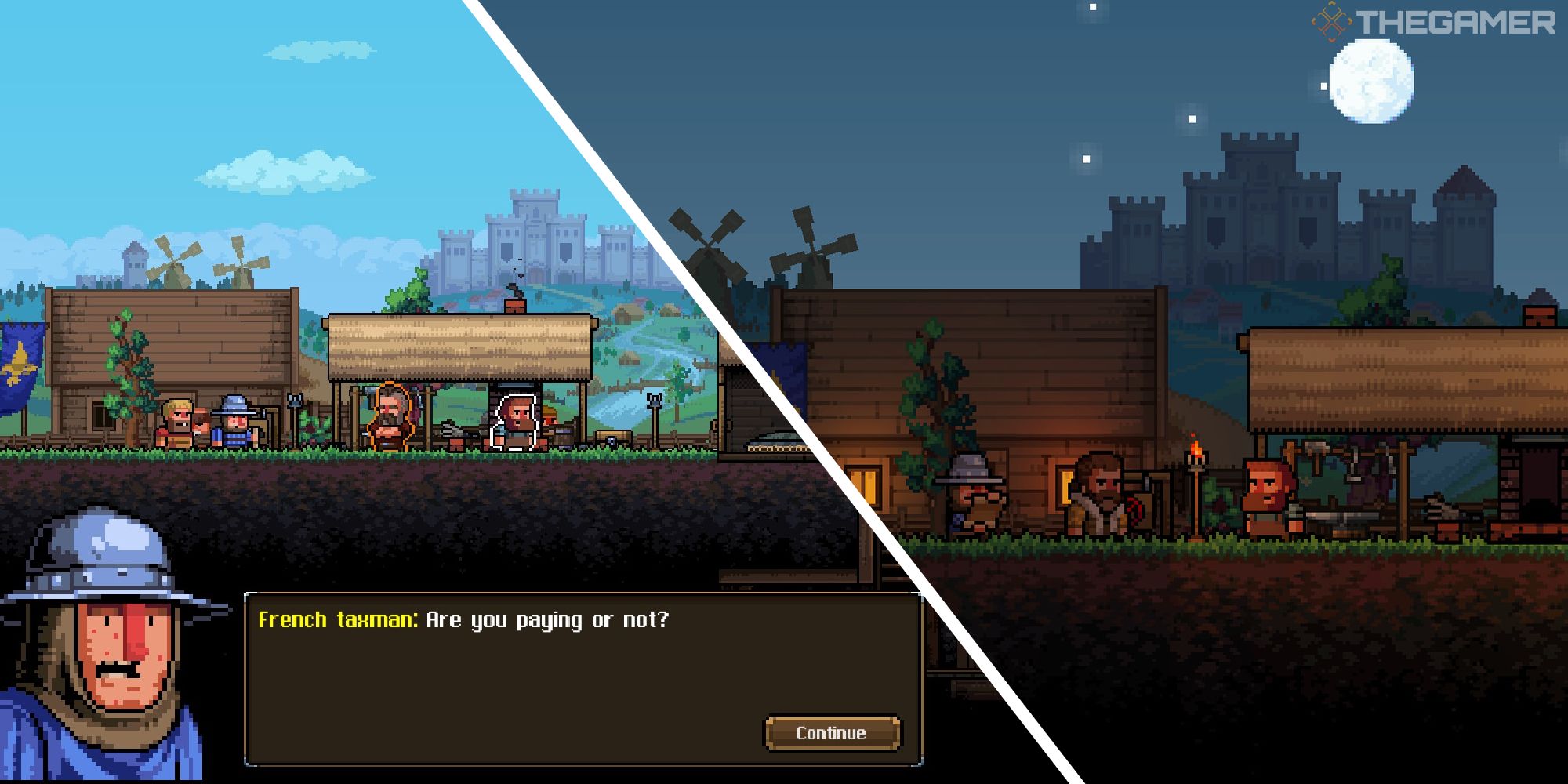

This is the first part of a body of work composed of two sibling albums, Oríkì and Ori Okàn, with the first instalment effortlessly combining traditional percussion and beautifully arranged jazzy-pop instrumentation. Her new release is essential at this moment in time, a salutation to Orisha culture, a timeless influence on Brazilian music, the album Oríkì is also a highlight in her career with its refined Afro-Brazilian sound, the result of more than 13 years of research, creation and production. As time passed by the afro-descendants picked up new habits in the new lands, abandoning old traditions and creating new ones, a natural process of adaptation in a new environment with new conditions of existence, and, in this process, the use of oríkì as a daily life and social rite has been, at times, abandoned.Īh, the national treasure that is Iara Rennó. The oríkì came to Brazil through slave ships, carried in the bodies of the enslaved Africans. It goes some way to explaining the racial politics of Brazil even today. I recommend searching out Um defeito de cor, a semi-fictionalised account of a slave’s life from Africa to Salvador, Bahia, and beyond. An Oríkì is a prayer that bonds not only beautiful words, but also sentiments and senses, and that sometimes don’t turn out as they should, at the time we want them to, but only when they, the orikis, want.” Ana Maria Gonçalves, Um Defeito de Cor “An Oríkì is, above anything else, a prayer, an evocation.

More than ever Indigenous art needs to be supported and taken seriously and not seen as a cultural curiosity. I write this on the 5th of September, the international day of the indigenous woman, when data from Ruralometer 2022 shows that 75% of parliamentarians from the Amazon region voted for policies harmful to the environment and indigenous people. The title track, with beats provided by Vinicreize, is an atmospheric piece telling the tale of the Mapuche warrior. Rivers seem to be a common thread this month (see below) – in “Camburi”, there is an analogy to the Camburi River and the natural flowing change that occurs in relationships. In “Marrona Libre”, Brisa and Abi Llanque sing for the freedom of “marronas” women without colonial borders. “Sonhos com Serpentes” criticises those who still believe that the traditional clothes of the indigenous communities are mere costumes. However, there are a variety of themes on display, for example “Bonde das Maloks” features Monna Brutal and Sodomite, and gives space to those artists who are overcoming cisgender oppression in the music industry. The music on offer is highly accessible, though for the listener it can be quite jarring to go from the romantic smoochiness of a track called “Making Love” and then suddenly dive into the genocide of the indigenous peoples in “Etnocídio”. Directed and produced by the singer herself, the songs feature productions that mix native roots with electronic based rap, trap, drill, and R&B, with beats provided by national and international names including Ian Wapichana, Sodomite, Monna Brutal, Victor Prado and Aby Llanque. This multi-lingual work, inspired by the story of this indigenous woman, thus includes the themes of love, bravery, and autonomy.

She was hunted but never captured and the legend says that she became an enchanted spirit.
ANVIL TRAILER FREE
This album is named after Janequeo, a warrior of the original Mapuche people who led four thousand men in the Arauco War to free Wallmapu, their traditional territory in Chile, from genocide. Brisa Flow, being Brisa de la Cordillera from São Paulo, while not as musically radical as some of the things on offer here, is worth highlighting for what she has to say about the indigenous experience.


 0 kommentar(er)
0 kommentar(er)
